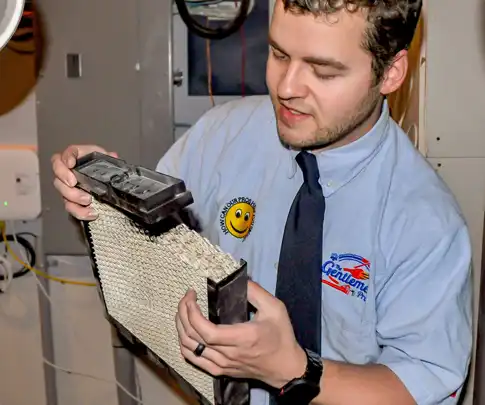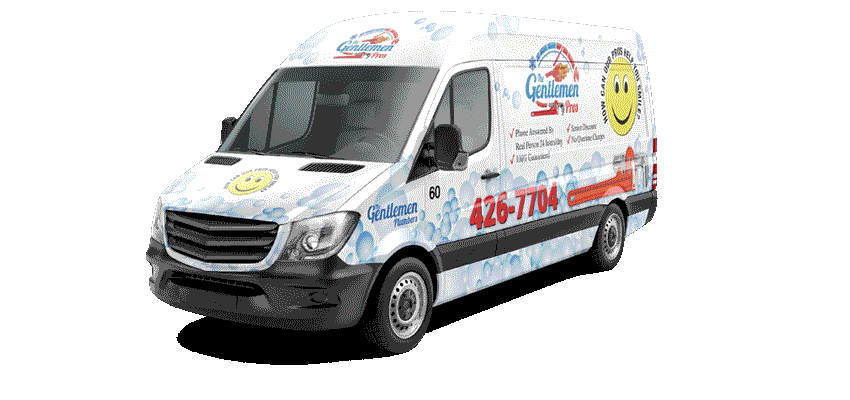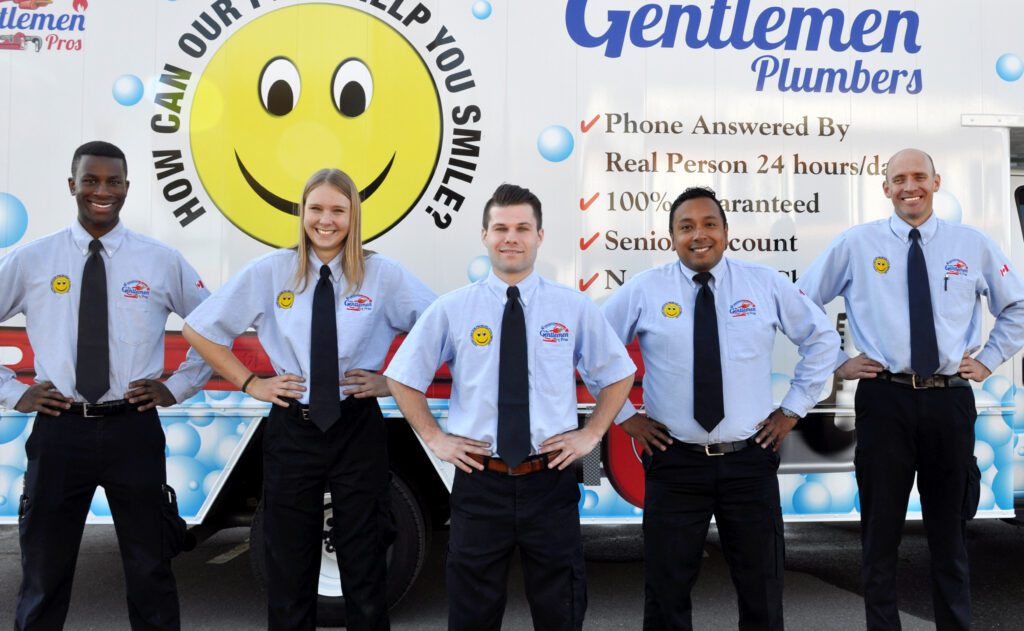We're In Your Neighborhood!

Same Day Service
Since 2001
Call The Gentleman Pros Now!
(403) 879-1759
We're In Your Neighborhood!


Same Day Service
Since 2001
Call The Gentleman Pros Now!
(403) 879-1759

Calgary is a dry climate and with a dry climate comes dry air. And dry air is uncomfortable, it can wreak havoc on our skin, airways, and wood furniture. A good way to combat the effects of dry air (itchy skin anyone?!?!) is a whole house (central) humidifier. A whole-house humidifier distributes humidity to all the rooms in your house and helps you keep the humidity level between 30 and 50 percent as recommended by Health Canada.
“I always use the gentlemen plumbers. They are always very accommodating & do a good job. Nick installed a new humidifier on the furnace today. He was very polite & efficient. He came in assessed the job & recommended a good replacement. He also fixed a tap that was leaking. All in all it was a good experience. Thank you Nick.” Cathy H

Calgary’s Gentlemen Pros can help you with your existing central humidifier (repair and maintenance) or with a new central humidifier (selection and installation). Our expert technicians are knowledgeable and up to date. They can and will answer all your questions.
Book your appointment now to get a new humidifier or to maintain or repair your current one.
In a nutshell, humidity is the amount of moisture in the air. A more scientific explanation is humidity is the measure of the amount of water vapour in the air. The more water vapour in the air, the higher the humidity level, and the wetter it feels.
When the weather report mentions the humidity level, they usually are referring to the relative humidity.
Wait, there’s more than one type of humidity? Yes, there are and each type of humidity measures different things.
Absolute humidity is the amount of water vapor in the air regardless of the temperature. It is also referred to as the Humidity Ratio. To calculate absolute humidity, the mass of water vapor in an area is divided by the mass of air in the same area.
Relative humidity is the amount of water vapor in the air displayed as a percentage of the maximum amount of water vapor that can be in the air at that specific temperature. I.e. If the weather report says it is 45 percent humidity out, the air is holding 45 percent of the total water vapor it can hold at that temperature.
This is the type of humidity used when dealing with indoor humidity levels.
The ratio of the mass of the water vapor to the total mass of the air parcel.
There are two categories of humidifiers: portable and whole house (sometimes called central humidifiers).
The names are pretty self explanatory. Portable ones are the ones that we plug into the wall outlet and humidify the room it is in. If we want to humidify a different room, we pick up the portable humidifier and move it to the other room.
Whole house humidifiers provide humidity to your entire home. They can work with or separately from your forced air HVAC system, depending on the type. Though most work with it.
There are four main types of whole house humidifiers.
A bypass humidifier is an evaporative and works with your forced air furnace. It is a passive system and relies on your furnace. It redirects the heated air from the furnace through the humidifier and into a bypass duct that connects back to the house’s supply duct.
A bypass humidifier is connected to a water line which supplies water to the humidifier. The water enters the humidifier into a water tray (distribution tray). The distribution tray dispenses water to the vapour pad (evaporator pad). When the humidistat detects low humidity, it automatically turns on the humidifier.
As hot air from the furnace flows through the humidifier, it helps evaporate the water from the vapor pad and absorbs the resulting moisture. The moistened and heated air is then distributed through the ductwork to the various rooms in the house.
It is usually installed on the supply or return plenum. Many bypass humidifiers require a floor drain. If this is not possible, look for a drainless bypass humidifier. This style reuses its water.
A fan-powered humidifier is also an evaporative humidifier and the mechanics are similar to the bypass model. The main difference is fan-powered needs an electrical outlet to power the fan and does not need any additional ductwork.
A water line supplies water to the humidifier. When the humidistat determines more humidity is needed, the humidifier’s fan draws air from the furnace (or supply ductwork) into the humidifier. The fan then propels it across the dampened vapor pad (which is supplied with water through the distribution tray) to collect moisture. The moistened air then enters the supply ductwork and is distributed throughout the home.
These are good options for houses where the humidifier cannot be installed close to the furnace. Because it doesn’t rely on the furnace fan to pull air into the humidifier, it can be installed further away from the furnace. Don’t forget it still needs to be installed close to a water line and an electrical outlet (120 V).
Steam humidifiers are essentially mini boilers. They boil water in a canister to create steam to provide moisture instead of using a vapor pad like the previous two whole house humidifiers.
When the humidistat detects low humidity, an electrical current passing between two electrodes located in the water causes the water to boil, turning the water into steam. The steam is then injected into your HVAC supply line and distributed throughout your house via the ducts.
These are more precise than evaporative humidifiers and can produce a lot of humidity. They are best for areas that have very low humidity.
Like the previous two, a steam humidifier requires to be hooked up to a water line. It also needs a 240 V power supply.
A whole house steam humidifier does not need your furnace to be operating to work. In fact, when it detects low humidity, it will turn your furnace’s fan on low to distribute the steam to increase the humidity.
This does not connect to your forced air HVAC system, so it is perfect for houses that don’t have ductwork.
They come in both evaporative and steam models and operate similarly to the forced-air HVAC-dependent evaporative and steam models. They just have their own fan to disperse the humidity throughout the house.
Like the previously discussed whole house humidifier types, a ductless whole house humidifier will need to be attached to a water line and power supply. Contact us today to learn more about this service!



